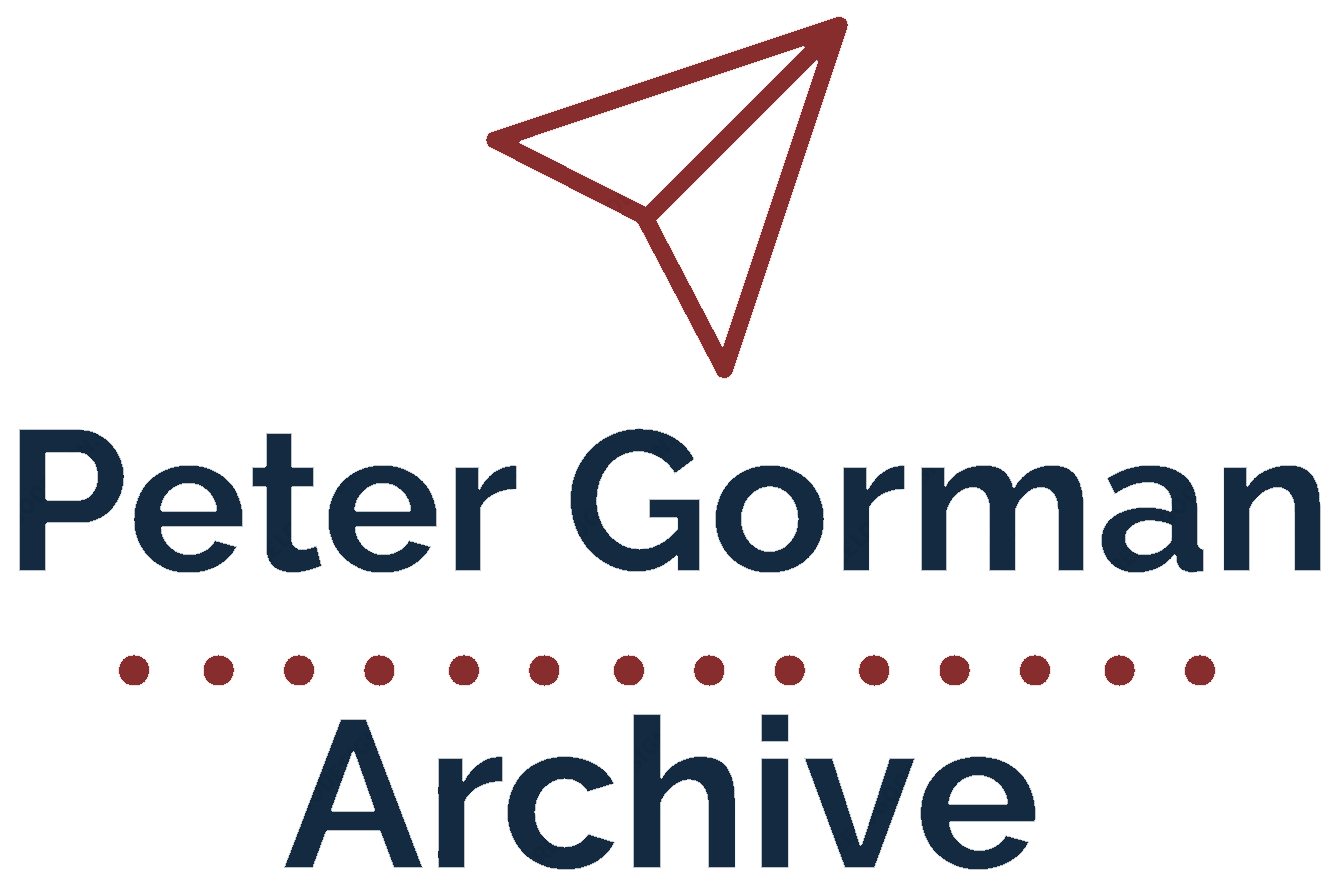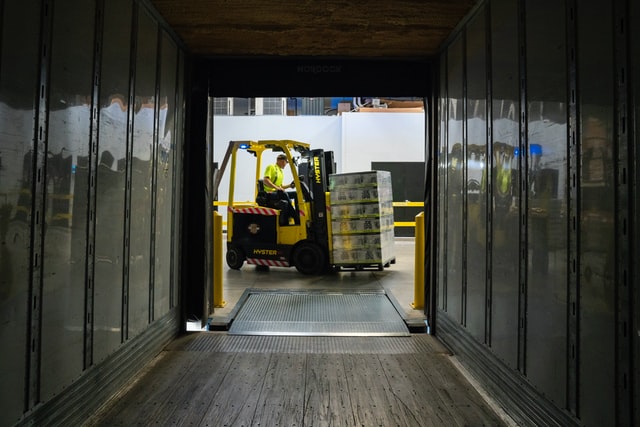Before operating a forklift, the operator must shift the vehicle’s gears into neutral and engage the parking brake. The operator must then loosen the fork nut counter-clockwise and adjust the tine width by sliding it left and right. The width should equal half of the load’s width. Both width and distance must be equal to ensure a balanced load. Once the load is balanced, the operator must release the parking brake.
Safety
There are several important factors to keep in mind when operating a forklift:
- You should follow safety procedures, including observing the proper height and weight of the load. You should avoid running the forklift near areas with loose ground objects. You should also avoid operating the forklift at high speeds, mainly when working in areas with poor visibility.
- It would be best if you always sounded the horn to warn pedestrians and other motorists that you’re approaching. Be sure to maintain a safe distance from other vehicles and have adequate space to stop safely.
- You should always check the stability of the load before operating the forklift.
To do this, you must tilt it back slightly before lifting it and always check that there are no overhead objects.
While driving a forklift, you must always keep pedestrians and other forklifts separated. You should also always wear seat belts and make sure that your load is stable before you begin lifting or reversing it. Finally, it would help if you always looked people in the eye when communicating your intentions. This way, you’ll avoid any potential collisions that may occur. If you’re not careful, you could cause injury or death.
Maintenance
There are several factors to consider when it comes to maintaining a forklift, including the frequency of servicing, the type of work, and the location of service. Forklift maintenance companies usually recommend performing service at set intervals, measured in months, days, or pedal hours. During the maintenance of a forklift, you should inspect the machine for worn parts and rust. Other aspects of care include the gauges, safety warning devices, lights, and other equipment. The cab and outside lights, backup lights, and overhead guard are among these items. Likewise, you should replace the battery, fuel, and other components as necessary. If there are any damaged or burned-out parts, a mechanic can perform the required repairs.
A proper maintenance plan can help minimize downtime, the most expensive aspect of owning a forklift. Maintenance plans help you stay ahead of issues by offering advanced warnings. Additionally, you can get access to technicians and equipment experts more quickly. Overall, a forklift maintenance plan can help you keep your forklift in the best condition for years to come. It’s also convenient because you can make the payments monthly. It’s easy to budget for a monthly plan for forklift maintenance.
Proper load balancing
Proper load balancing is essential to avoid tip-overs and accidents when operating a forklift. The center of gravity of the load should be as close to the center of the lift as possible. This will reduce the risk of the load being damaged by sideways movements. It would be best to emphasize proper load balancing during driver training and refresher courses. The NSC has made this task easy.
To avoid collisions, forklift operators should consider the noise levels of their work and pay close attention to areas where they are required to travel in a specific direction. For example, if the load on the forks prevents the operator from seeing where he is driving, he should always travel in reverse. The operator should also leave ample room for pedestrians. They should not grab the overhead guard when traveling in reverse as much as possible. If the load on the forks blocks the path the forklift is taking, it should travel in reverse.
Speed limits
While OSHA has set industry safety standards, forklift speed limits are not mandatory. However, they should be at a reasonable rate that suits the conditions and types of goods being carried. There are various opinions about the appropriate speed limits when operating a forklift, but it is generally essential to maintain complete control of the machine. Unless otherwise stated, forklift speeds should be lower than pedestrians in the workplace. While fast speeds are necessary to move heavy loads, they reduce the forklift’s stopping power. High rates also increase the force of an accident: force = mass x acceleration. A forklift’s mass and acceleration increase as the load increases, thus worsening the consequences of a crash. The speed limits should be posted prominently to ensure visibility. Also, employers should review their forklift safety policies periodically to ensure that they are effective and appropriate.
Gloves
While operating a forklift, your hands will be in contact with various hazardous materials. While you may not be in danger of getting burned while using a forklift, the cold climate and potentially dangerous materials present some risks. Therefore, you should choose gloves that provide specific protection against those risks. Depending on the type of job, these gloves can help lift pallets, control a forklift, and more.
To protect your hands, make sure you choose gloves made from high-quality leather. Tight gloves can cause sore fingers and make it difficult to do your work. Wearing gloves made from leather, such as Retracto-Gloves, will help keep you safe and comfortable no matter what your job entails. Its convenient design allows you to wear them anytime, anywhere. You can also choose a pair of breathable gloves for additional protection from the heat of the forklift and the sweating it can cause.
Training
During the training for operating a forklift, trainees will receive classroom instruction on safety regulations, loading and unloading, hazard analysis, and accident reporting. The movement ends with a written examination. To obtain certification, trainees must achieve a 75% rating on the test. The passing rate may differ among schools. Training for operating a forklift is usually offered at your workplace. In addition, you will be expected to demonstrate your knowledge of the forklift’s controls and safety features.
The California Office of Occupational Safety and Health (Cal/OSHA) requires all workers to receive specific forklift training before they are allowed to operate one. This training should include both formal instruction and hands-on training. The latter contains exercises performed by the trainee and demonstrations by the trainer. The instructor will also evaluate the trainee’s performance in the workplace. To learn more about forklift training, you can contact forklift OSHA license commerce CA.

